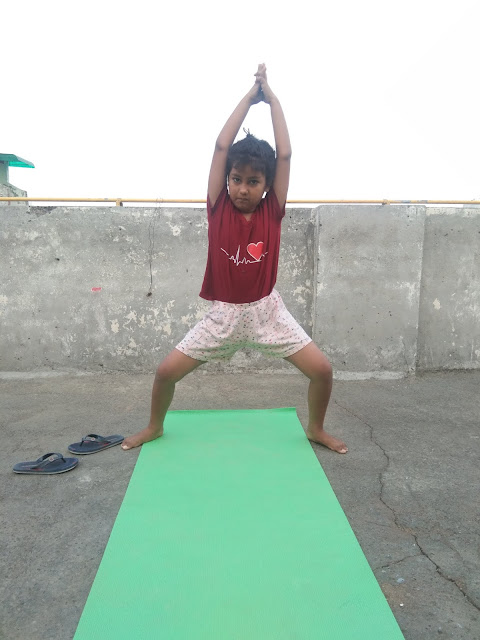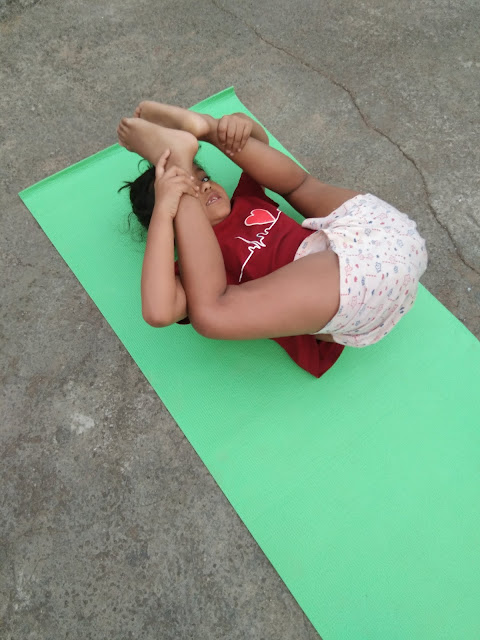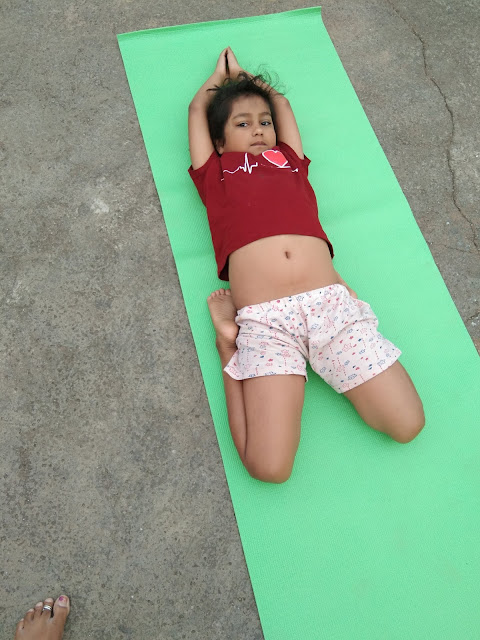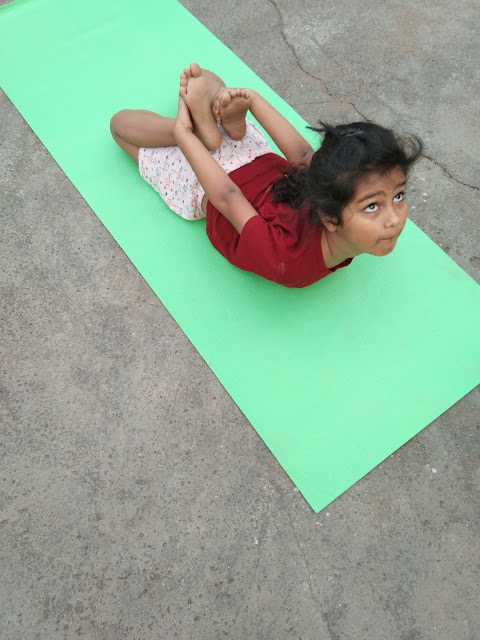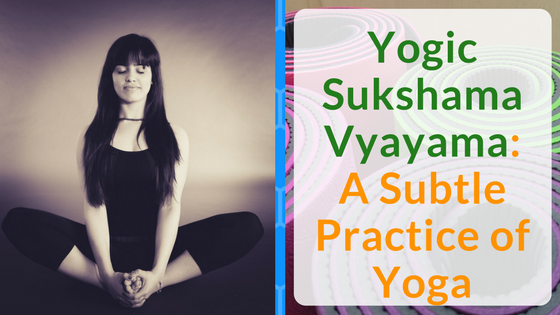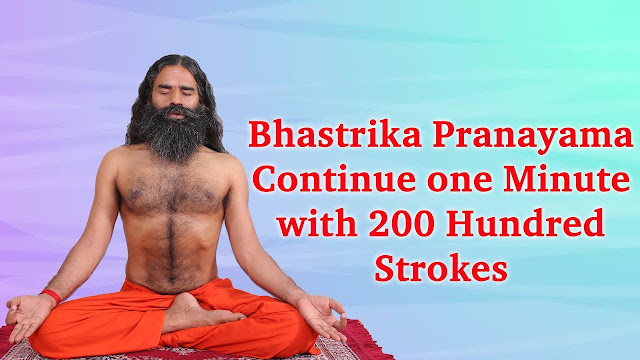What is the right way to do Kapalabhati ?
Learning yogic breath
control Rhearses is one of the hugest bits of working up your yoga practice.
Called "pranayama" in Sanskrit, these breathing exercises can help
with conveying equality and significance to your general success. According to
the out of date content, the Yoga Sutras, Kapalabhati (in like manner Kapalbhati)
Pranayama is a transitional tp-advanced pranayama that contains short,
unimaginable inhales out and reserved takes in. kapalbhati pranayam should be
an essential piece of your prosperity schedule. ut, certain sadhakas think
accordingly and study kapalbhati under the inclination that they are looking at
a sort of pranayam. Regardless, strategy of cleaning the breeze pipe is one of
the shuddhikriyas. The word kapalbhati is included two words, kapal meaning
skull (here skull consolidates all the organs under the skull too) and bhati
suggests shining, illuminating. Due to the system, the organs under the skull
mainly the psyche and the little cerebrum are influenced in a not too bad way.
Thusly the word is used as such.
Preferences
of Kapalabhati Pranayama
Kapalabhati is
invigorating and warming. It helps with cleansing the lungs, sinuses, and
respiratory structure, which can help with preventing malady and sensitivities.
Normal practice strengthens the stomach and abs. This action similarly extends
your body's oxygen deftly, which strengthens and enables the brain while
setting it up for reflection and work that requires high center intrigue.
Consequently, it
can't be said that more oxygen is ingested which improves blood dispersal. All
things considered, to some degree more air than is taken in the normal dynamic
breathing (approximately 500 to 600 CCS ) is taken in and inhaled out in
Kapalbhati. (state around 550 to 650 CC ) But progressively noteworthy in the
process is the particular advancement of the stomach muscles. In any case, this
advancement is the soul of the strategy. Performing Rechaka in that capacity,
does exclude advancement of the nook of the chest. On the other hand, the
muscles between the ribs of the nook are kept pulled while playing out the
complete example of Kapalbhati. In various types of breathing, these muscles
remain pulled just while taking in the breath. During Kapalbhati these muscles
stay as such all through the methodology and the ribs are kept pulled upward.
This supports free advancement of the muscles of the stomach similarly as those
of the stomach. It doesn't infer that the ribs don't move in any way shape or
form. A little advancement is there, anyway it is second to such a degree, that
it isn't observed. To the exclusion of everything else, practice kapalbhati
yoga on an empty stomach. Sit in an intelligent stance - you can pick vajrasana
or padmasana. Keep your palms on your fallen knees, don't get a handle on them
- keep them open, going up against the rooftop. Keep your spine straight. Take
in and a short time later breathe in out, while pulling your stomach in.
kapalbhati can make
you get fit as a fiddle. In general, you need to know how kapalbhati can fight
a condition called Metabolic Syndrome (MS). To spread it out obviously, MS is a
clinical term that depicts a blended beverage of conditions, for instance,
heaviness, diabetes and hypertension. Since kapalabhati impels a positive
effect on the concentrations inside the skull, the basic zones of the brainstem,
cortex, their efferent pathways, and effector organs may moreover get
energized. Hence, the planned discharge from the autonomic tactile framework,
pineal organ, and operational hub that control the endocrine and metabolic
strategies manufactures which, along these lines, stimulates fat absorption.
This at long last
additions basal metabolic rate, lessens fat declaration, and finally ends up in
weight decline." in a manner of speaking, by improving metabolic rate,
kapalbhati can provoke weight decrease. In all actuality this can be an amazing
kapalbhati advantage.
Practicing
Kapalabhati Pranayama can convey balance and prudence to your life on various
levels, including physical, mental, energetic, and significant. Make a point to
take it step by step from the beginning, and develop your experience as you
procure control. Breathing purposefully, yet effectively, can isolate limits
that you didn't know existed! The upsides of ordinary pranayama practice will
show up in all parts of your life, both on and off the knot
Rules
1. To beginning, sit in a pleasant position
where your spine is straight and your mid-area isn't compacted. A couple of
options include:
1. An upstanding arranged situation, for
instance, Easy Pose (Sukhasana)
2. Sitting behind you, with your knees bent and
shins tucked underneath your thighs in Hero Pose (Virasana)
3. A arranged circumstance on a seat with your
feet level on the floor
2. Rest your hands on your knees, palms looking
down.
3. Bring your consideration regarding your
lower stomach. To elevate your care, you can put your hands, one on top of the
other, on your lower stomach rather than on your knees.
4. Inhale through the two nostrils
significantly.
5. Contract your low waist or use your hands to
gently push on this region, driving out the breath in a short burst.
6. As you quickly release the narrowing, your
internal breath should be modified and idle — your consideration should be on
breathing out.
7. Begin bit by bit, concentrating on 65-70
compression for each second. A little bit at a time resuscitate the pace,
concentrating on 95-105 exhalation/internal breath cycles each second.
Persistently go at your own pace and stop if you get a handle on dark or
intoxicated.
8. After one snapshot of the movement, take in
significantly through the nostrils, and a short time later inhale out step by
step through your mouth. Dependent upon your experience level, you may
reiterate the action.
